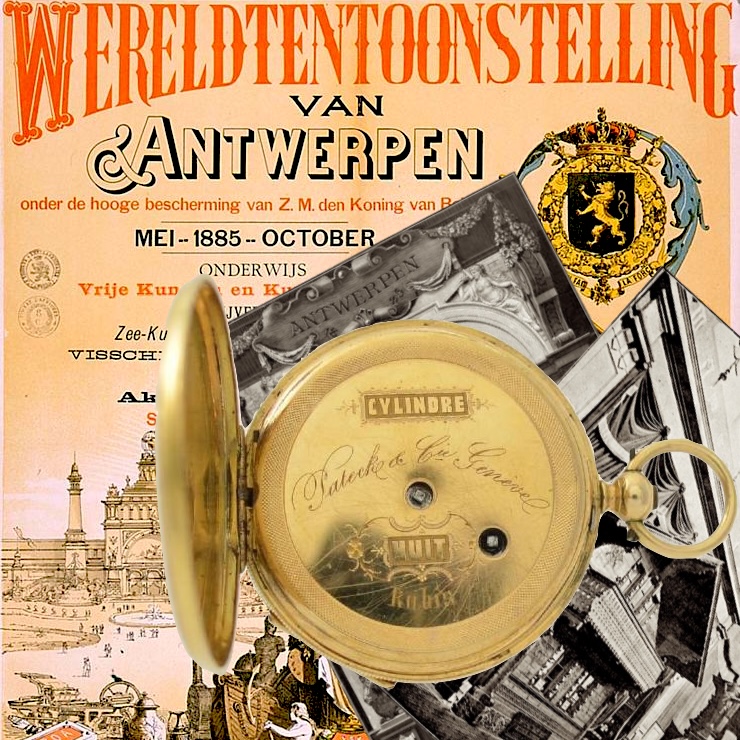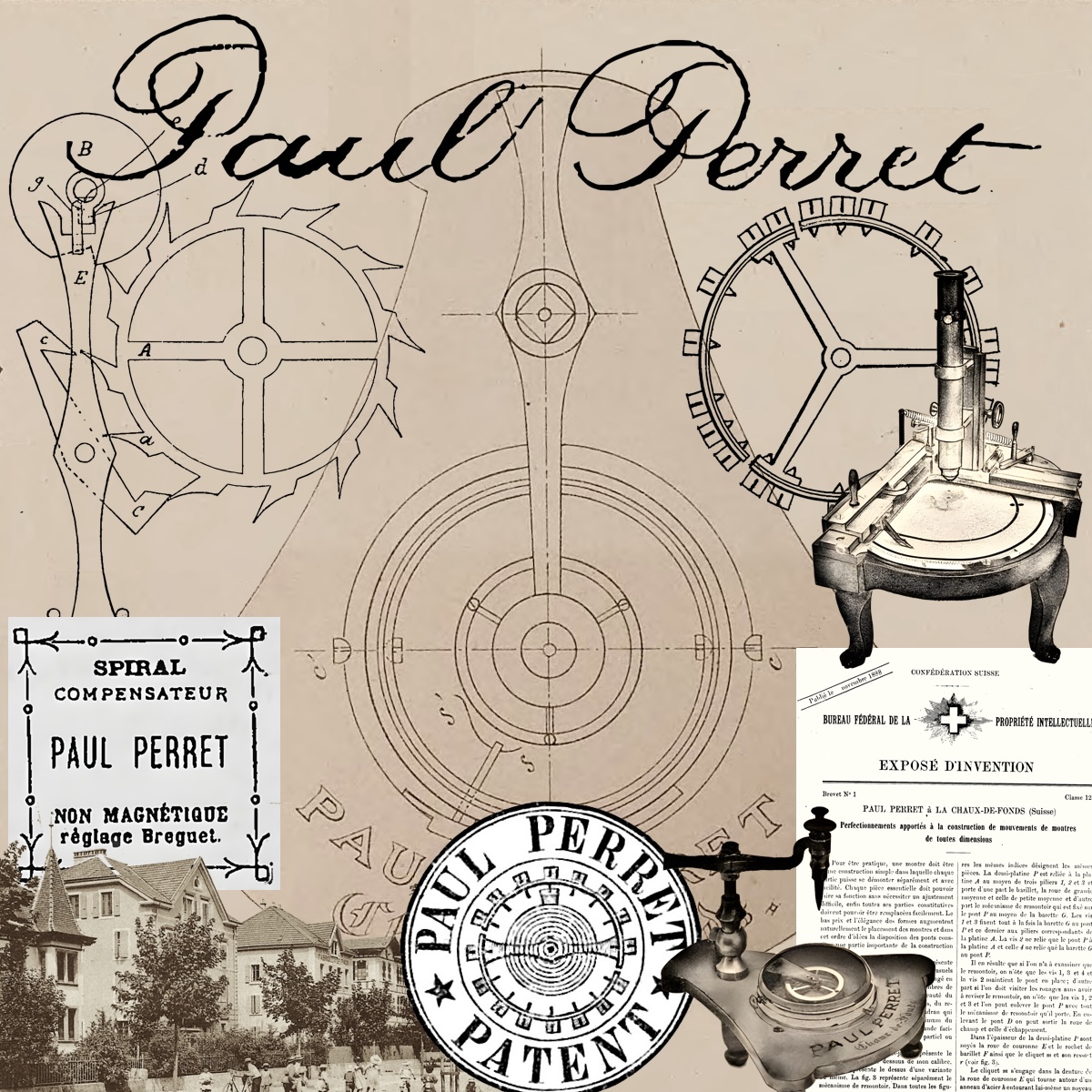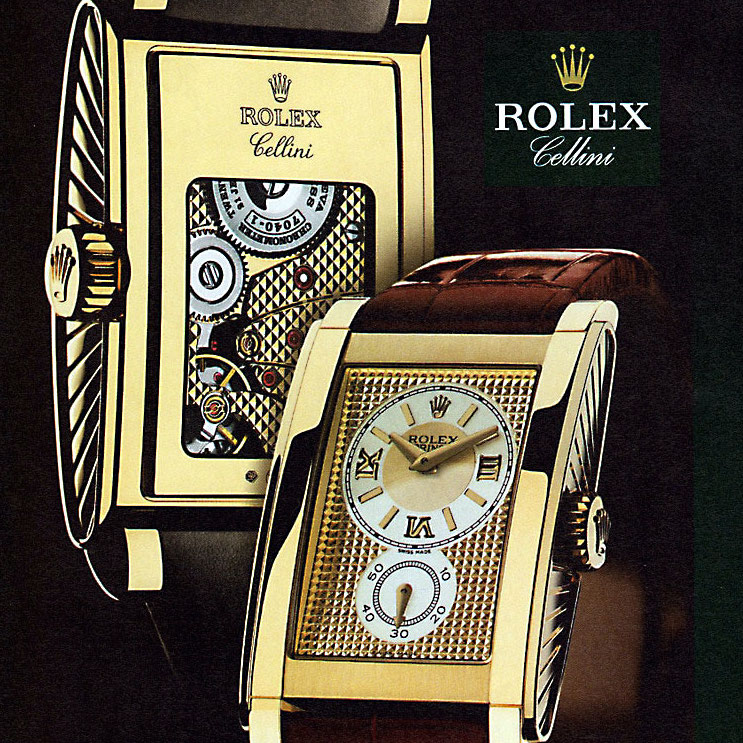If you’ve listened to The Watch Files podcast or read much here at Grail Watch, you’ve undoubtedly heard me refer to industry folklore. Clever stories are often repeated in forums, articles, and conversations, but they are often not entirely true. Then there’s the industry marketing machine, pushing surprising narratives and a-list connections with little grounding in reality. Let’s take a moment to consider the ways that folklorists spot false information and apply these watch industry marketing.

Squaring the Strange and Jeannie Banks Thomas’ SLAP Test
I was recently listening to the Squaring the Strange podcast hosted by my friend Ben Radford, and Episode 144 with Dr. Jeannie Banks Thomas really resonated with me. This folklorist has developed a test that will tend to uncover folklore and separate myth from truth.
Dr. Banks Thomas‘ test is known by the acronym SLAP:
- Is the story scary or shocking?
- Are the logistics of the story plausible?
- Does it involve A-list celebrities or companies?
- Is it prejudicial, separating people?
This simple test can help quickly to immunize us against myths, and I’ve been applying it in my everyday life. That shocking story shared on Facebook quickly falls apart when we apply the SLAP test. UFOs, chemtrails, Halloween poisoning, and even political narratives are usually too ridiculous to be true once we consider them objectively. The same test helps us see through phishing emails, phone scams, and even the shocking stories on the local news.
SLAPping Modern Watch Marketing
Although most urban legends, conspiracy theories, and ghost stories are far beyond marketing and myth, we can apply a similar test to the stories we encounter every day. The same attributes that mis-inform your crazy uncle are at work in marketing across every industry. And luxury goods marketing is especially rife with myth making, since it’s objectively insane to spend as much as many people do!
Here’s my twist on Dr. Banks Thomas’ SLAP test, retuned to the marketing myths we encounter every day, and especially in the worlds of art and horology.
- Is the narrative designed to surprise me with an unexpected twist? The back story of most product design is surprisingly mundane, so the more shocking the story, the less likely I am to believe it.
- Is it logistically possible that this is true? Products take a while to go from the drawing board to production, and they usually involve many contributors on the way from the factory to dealers and customers.
- Are A-list celebrities and companies implausibly involved? Most design and development work is done by anonymous workers, with the big names only involved at the end.
- Is psychographics being used to segment and appeal to the market? Most marketing is designed to give customers a sense of belonging and appeal to their attitudes, values, and opinions, rather than real needs.
As you can see, a moderated version of the SLAP test can help us be more resistant to marketing as well as folklore!
The Myth of “Swiss Made” Bargains
We have all heard about the massive profit margins on Swiss watches, so we’re primed to look for bargains. If “Swiss Made” watches can sell for 1/10 the price of a big name maker, why shouldn’t the latest kickstarter sell for a few hundred dollars? You’ll be shocked by the price fixing conspiracy of Swiss luxury brands!
So it goes with folklore: We’re primed to be shocked we love to be surprised, and everyone knows it’s all a conspiracy. Except that it’s not.
A $300 kickstarter watch isn’t anywhere near as good as a $1,000 Tissot, let alone an $8,000 Omega, and it’s not just a conspiracy to overprice. Although there are some rather large margins on Swiss watches, there are also notable differences in design, materials, and finishing. The bargain brand myth is based on the fact that global supply chains make it possible to put together an interesting looking watch for much less than an integrated Swiss or German design. But Kickstarter and mushroom brand watches have to be assembled from off-the-shelf parts, so they’re not actually “designed” at all!
It’s also true that some surprisingly cheap watches wear the prestigious “Swiss Made” label. Paradoxically, this is due to the high cost of Swiss labor: A little bit of finishing work can easily cost more than an entire watch sourced from Asia. It has historically been possible to buy a complete knock-down watch kit from China, assemble and inspect it in a cheaper area of Switzerland like Ticino, and legitimately sell the finished product as “Swiss Made!” But such a watch would not have the same level of finishing, let alone design, as one produced by a reputable brand.
The myth of Swiss construction, and the bargain pricing used to entice buyers, is a result of the conspiracy thinking driven by the shock and logistics elements of the SLAP test. Once we think critically about the cost of design and manufacturing in Switzerland the true cost and value of a watch can be assessed. This is not to say that Swiss watches are not over-priced or that margins are not too high, only that there ain’t no such thing as a free lunch!
The Myth of the Swiss Watchmaker
Ask most people, especially watch enthusiasts, what a Swiss watchmaker looks like and you’ll probably get a picture of Philippe Dufour: A kindly older gentleman with a beard and a loupe working out of a farmhouse overlooking a pristine valley. He constructs a entire watches from basic parts he probably made himself. Marketers are only too happy to push this myth to justify their pricing, but it couldn’t be further from the truth. Most Swiss watchmakers are young men and women, often immigrants, who come to work in nondescript factories in unglamorous cities like La Chaux-de-Fonds and Bienne.
The logistics of this mythical Swiss watchmaker can not stand up to basic scrutiny. How many older Swiss gentlemen watchmakers can there be? How many watches could they possibly construct in their hidden mountain chalets? And how could all these craftsmen reliably create a robust watch by hand? We know that every component of a modern watch must be constructed by automated machinery and that the workforce must be diverse and centralized. We just wish it wasn’t true.
But perhaps it’s time for marketers to stop leaning so heavily on this myth. After all, isn’t the labor of a single mother from Spain worth just as much? Aren’t most watches designed by artists of one stripe or another, most of whom don’t look much like our Swiss gentleman? And in our modern world, a recognition of the diversity of the Swiss labor force might just be better marketing!
We must also reckon with the many and varied companies that supply the industry. The Swiss watchmaking industry is built on a push and pull between specialization and integration. For centuries, specialist makers of cases, dials, and hands, not to mention the various components of a watch movement, have been absorbed by larger companies even as new independent firms appeared to take their place. Watchmaking today is a collaboration between a visionary designer and technical specialists both inside and outside the company. Perhaps this story would be compelling too!
The Myth of the Celebrity Connection
When he was in Rome making the film Daylight, Sylvester Stallone happened upon a beefy dive watch in the window of an antique store. When he wore that watch in the film and showed it around Hollywood, Panerai became the “it” watch. Or so the story goes. Too bad none of it is true!
Most of us know that celebrities have stylists and promoters and everything they wear is part of one deal or another. But we want to believe that our favorite stars and products are soul mates, and that the transitive love we feel for products is more than clever product placement. Shouldn’t Stallone love his Panerai just like Paul Newman was partial to a particular Rolex Daytona reference or Sir Edmund Hillary wore a Rolex Explorer at the top of Everest? After all, we love these watches, so it must be possible they were just as devoted!
Celebrity watch designers have just as many myths surrounding them. You might know that Gérald Genta designed the Nautilus for Patek Philippe, but did you hear that he sketched it on a napkin at the 1976 Basel Fair in a moment of inspiration? The logistics of this myth seem dubious, since the watch was introduced that same year and the company had no in-house capability to engineer, let alone produce, Genta’s complex and novel steel Nautilus case. And watches simply aren’t designed on the spot even by celebrity designers; they’re the product of long hours of refinement by teams both inside the company and at component suppliers.
The companies themselves continue to take too much credit for their own products. Perhaps there wouldn’t be so much skepticism towards “in-house movements” if companies were a little more honest on the outsourced engineering, design, development, and production that goes into most watches. Those of us who follow the industry surely are aware that firms like Concepto and Positive Coating are partially responsible for many of today’s most interesting watches. Perhaps it’s time that they were celebrated as well?
How We Internalize These Myths
Watch consumers have a need to believe the marketing myths to be true. It helps them justify the cost of their hobby and surely provides an entertaining back story for their favorite watches. But buyers often embrace these stories too firmly, stepping off the cliff into conspiracy, mythology, and misplaced faith. By being too credulous, watch buyers enable bad actors to exploit their thirst for these stories.
Modern marketing has embraced so-called psychographics, a technique that results in micro-targeting products according to the psychology of the buyer. They try to convince us that our watch is part of our identity rather than simply a decorative object. And they craft the marketing of these expensive baubles to “press the buttons” of how we see ourselves and want to be seen. This is one reason for the shift to single-brand boutiques and the design of these stores: They sell a brand connection rather than a watch.
Yet it seems that this micro-targeting with luxury cues risks missing the mark entirely. As I recently discussed on The Waiting List podcast, consumers are much smarter than this marketing suggests. And how is it possible that the psychographic marketing gurus completely missed the part about values and attitudes? Many luxury consumers find the mythologizing and whitewashing (or maybe “Swiss cheese washing”) to be distasteful.
The recent success of small brands like Ming, Kurono, anOrdain, Furlan Marri, and H. Moser & Cie. are due as much to the honesty of their messaging as the quality of their products. The same can be said for Kickstarters, which often lean in to transparency in design, production, and delivery. Of course many of these have stumbled when they failed to live up to this promise, but the large Swiss brands are much better prepared to meet customer expectations.
The Grail Watch Perspective: Immunize Yourself with a SLAP!
It’s time for all of us, consumers and marketers alike, to embrace the reality of the watch industry. Diverse teams of people at companies large and small both inside and outside Switzerland collaborate to build and sell watches into a global market. The buyers of these products range from casual to obsessive, but all are willing to pay too much for a device that no longer serves its original purpose. Given the realities of designing, manufacturing, and selling watches and the continuing demand for Swiss Made products, we could all use a good SLAP!
Since this is Grail Watch, I have focused on the marketing of luxury watches. But this same perspective applies to most modern marketing. The next time you find yourself identifying with a car, a sports team, or a politician, maybe apply my modified SLAP test. And definitely consider Dr. Banks Thomas’ original SLAP test when confronted by an outrageous Facebook post!







Leave a Reply